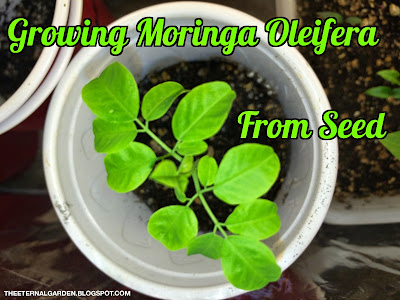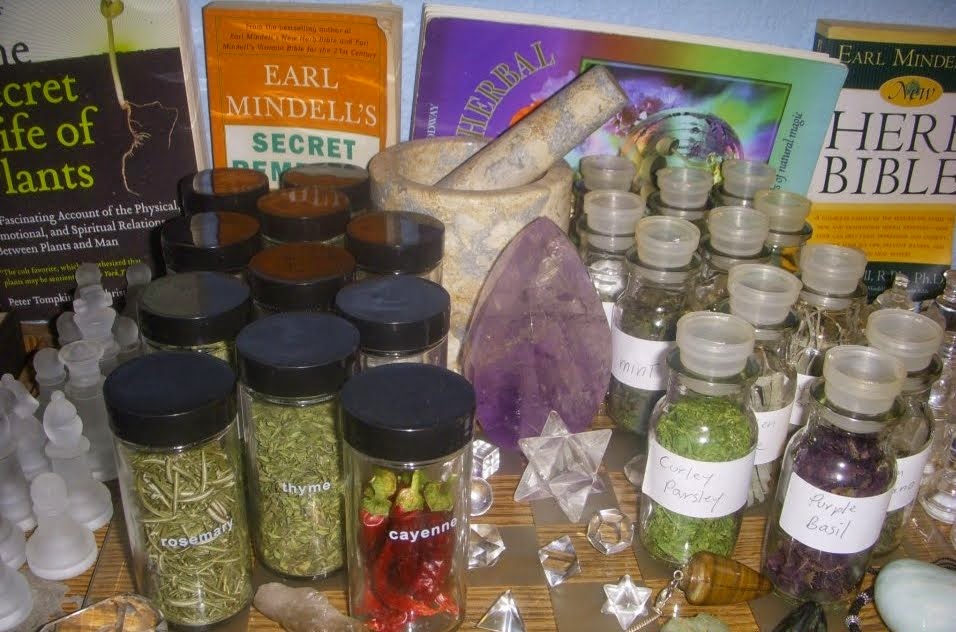Soak your moringa seeds in water for 24 hours. After 24 hours drain the water from your seeds, place your paper towels in the bottom of your container and spray with water until damp. Set your seeds on top of your damp paper towels and place in an area between 60 - 80 degrees. After a few days the seeds will begin to crack open like an egg and the shoot or shoots and roots will emerge from the same side as they germinate. Once they germinate gently remove your seedling from the paper towel and place them in potting soil with the roots going down and the leaves facing up. Place your seedling in a sunny window or under grow lights during the cold winter months. ~ The Moringa Tree grows in the foothills of the Himalayas in northern India.The Moringa tree is also known as "The Miracle Tree" and "The Elixir of Long Life" due to its miraculous healing abilities. It contains 46 types of antioxidants. According to recent studies, moringa leaves contain 90 different types of nutrients, 7 times more vitamin c than oranges, 4 times more calcium than milk, 4 times more potassium than bananas, 4 times more vitamin A than carrots, 50 times more vitamin B3 than peanuts, 36 times more magnesium than eggs, and 25 times more iron than spinach.
I will be doing updates on these Moringa Tree seedlings as they grow ;) Enjoy :)

















